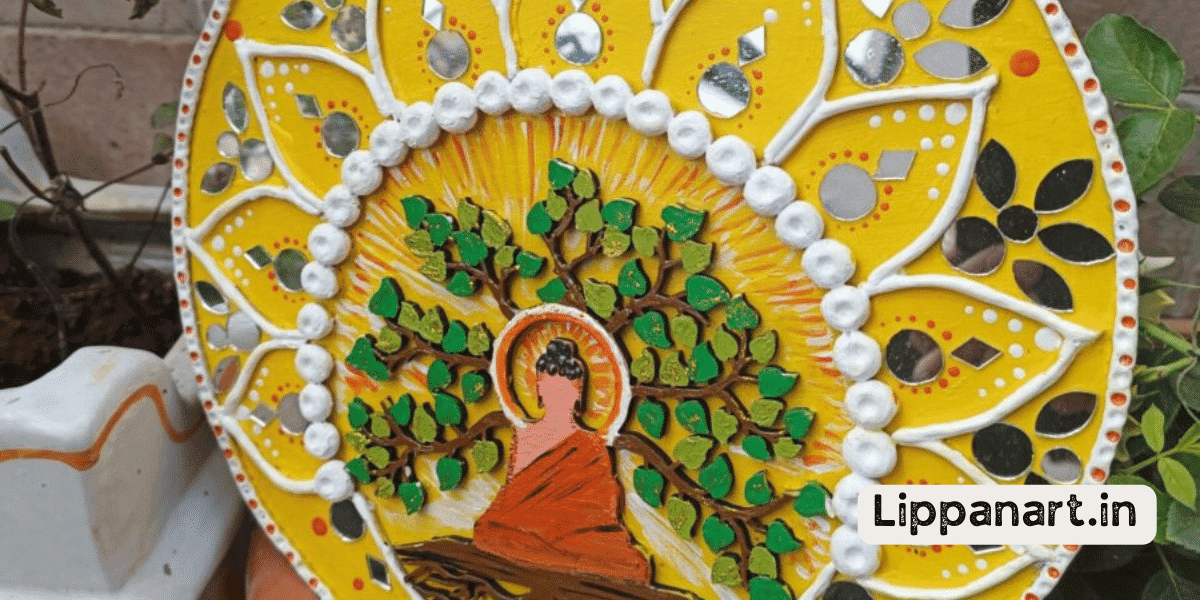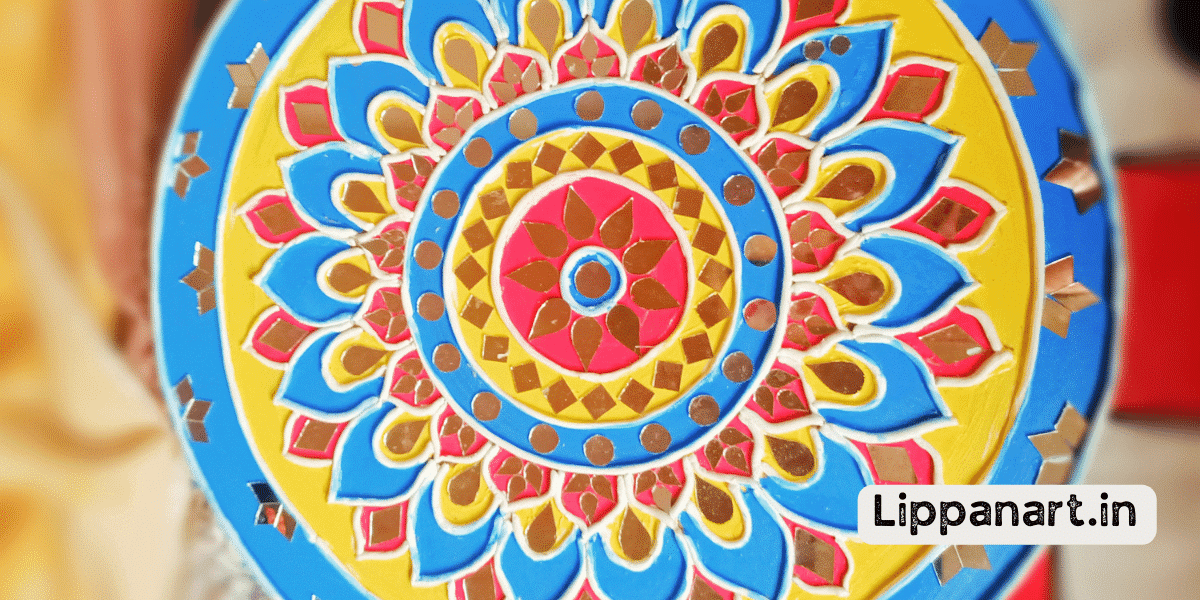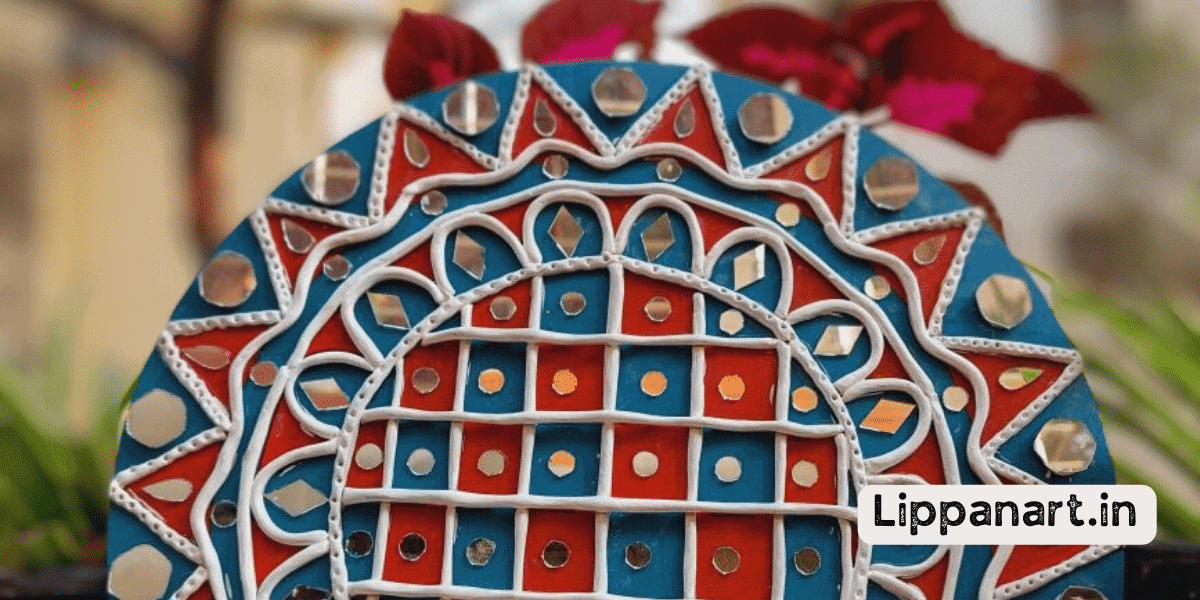Are you ready to take the next step in your art therapy career?
Jump-start your journey to become a Board Certified Art Therapist.
You can unlock the door to a rewarding and challenging career with the right guidance and determination.
This article will show you the way from understanding the educational requirements to mastering the art therapy techniques.
So, let’s get started and take the first step together on your path to success!
Key Takeaways
- Completing a master’s degree in art therapy core curriculum, supervised practicum, and internships is required to become a Registered Art Therapist (ATR).
- Post-education supervised clinical experience, and references are also necessary to obtain an ATR certificate.
- Becoming an art therapist and starting treating patients typically takes around six or seven years of education and additional training.
- In India, one can become a certified art therapist by pursuing a diploma in Expressive or Creative Arts Therapy.
Becoming a Registered Art Therapist (ATR)
If you’d like to become a Registered Art Therapist (ATR), you need to have a qualifying master’s level education that includes art therapy core curriculum, supervised practicum, and internship experiences. Additionally, you must complete post-education supervised clinical experience and have references.
Becoming a certified art therapist requires six to seven years of education, followed by a few years of training. Helping others is a fulfilling achievement that brings positive changes to their lives.
In recent decades, art therapy has grown tremendously and developed various research and interventions. You’ll join a growing and innovative field while being part of unique and meaningful work.
Art Therapist Training Duration
Becoming an art therapist requires several years of study and experience, but the meaningful and rewarding work you can do makes it worthwhile.
To be board certified, you must meet the art therapist training requirements and complete the art therapist education process, which includes a master’s degree in art therapy or a related field, a supervised practicum, an internship, and the art therapist licensure process. This includes taking an exam and submitting an application.
Art therapists must stay up-to-date on the latest trends and complete continuing education credits.
Lastly, passing the art therapist certification process, which includes written and clinical exams, is required for board certification.
Dedication and hard work will enable you to become a board-certified art therapist and make a positive difference in people’s lives.
Certification Process in India
To become a certified art therapist in India, you must first complete a diploma course in Expressive or Creative Arts Therapy and then understand the certification process. This includes training duration, master’s level education, supervised practicum and internship experiences, post-education supervised clinical experience, and references.
- Editor’s Choice
- Best Seller
- Amazon Choice
With the right qualifications and experience, you can pursue various career opportunities in hospitals, health centres, medical and psychiatric settings or even set up your private practice. Additionally, promotional strategies can be used to build a successful career. As compensation, you can anticipate receiving a competitive salary.
Art Therapist Salaries
If you have the right qualifications, art therapy is booming with plenty of job opportunities and competitive salaries. Qualifications such as a master’s degree in art therapy are essential for success.
With the right qualifications and experience, art therapists can earn between INR 491,290 and INR 831,678 a year. Job opportunities are available in hospitals, health centres, mental health clinics, and private practice.
Art therapists passionate about their jobs can enjoy great job satisfaction and a competitive salary.
Enrolling in ATR
Attending an ATR program can help you become a certified art therapist and start a rewarding career. You must meet certain educational, experience, and reference requirements and complete the application process to get started.
Here’s a comprehensive breakdown of the steps you need to follow:
- Educational Requirements: Complete a master’s degree in art therapy with core curriculum classes, practicum, and internship experiences.
- Internship Experience: Gain supervised clinical experience to ensure you have the skills and knowledge to provide art therapy services.
- Professional References: Obtain letters of recommendation from professionals in the field to demonstrate your experience and qualifications.
- Application Process: Follow the application guidelines and submit your application to become an ATR-registered art therapist.
Art Therapy Career Scope
As an art therapist, you can find many career opportunities in hospitals, health centres, schools, and other medical settings. Art therapy can alleviate stress, improve mental health, and aid physical healing. It can be used in individual or group therapy and with children, adults, and families.
Art therapy is a great way for those working with children to help them express their feelings and learn to cope with emotions. It can also benefit parents, allowing them to help their children develop healthy coping skills.
Art therapy is beneficial for adults in addressing mental health and trauma.
No matter the setting, art therapy is an in-demand career choice. Passionate individuals looking to help people of all ages and backgrounds can find a fulfilling career in art therapy. With the ever-growing demand, art therapists are uniquely positioned to help people improve their mental and physical health and lead happier lives.
Art Therapy Techniques
Art therapy is a practice that combines creative expression, therapeutic interventions, and visual communication with the help of a trained practitioner to assist you in finding emotional healing and peace.
Through art therapy, you can explore various techniques such as:
- Creative outlets: Drawing, Painting, Photography, Sculpting
- Therapeutic interventions: Free association, Dreamwork, Gestalt, Sand tray
The goal of art therapy is to use these techniques to help you gain insight and understanding into your thoughts and feelings. This space offers a secure and comfortable environment to explore and express your emotions without feeling threatened freely.
With the help of art therapy, you can find the perfect artistic outlet to help you through moments of distress and learn to cope with difficult situations.
Conclusion
Completing the journey to become a Board Certified Art Therapist can be a rewarding and challenging experience. With the right guidance and determination, you can be well on your way to achieving your goal.
The path may be long and arduous, but the reward is worth it. Think of it like a marathon: it takes a lot of dedication and hard work, but the feeling of accomplishment and pride you experience when you cross the finish line is unparalleled.












